Native American peoples and the lands they possessed loomed large for Washington, from his first trips westward as a surveyor to his years as president.
-
Fall 2019 - George Washington Prize Books
Volume64Issue5
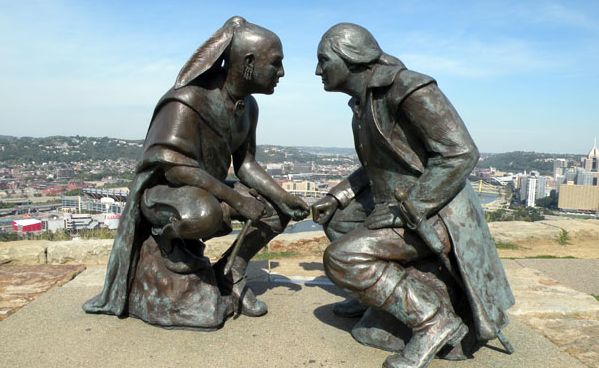
Excerpted from the George Washington Book Prize finalist The Indian World of George Washington, by Colin Calloway (Oxford University Press).
On Saturday afternoon, June 14, 1794, Washington welcomed a delegation of 13 Cherokee chiefs to his Market Street home in Philadelphia. They were in the city to conduct treaty negotiations, and the members of Washington's cabinet — Jefferson, Hamilton, Knox, and Colonel Timothy Pickering — were also present.
In accordance with Native American diplomatic protocol, everyone present smoked and passed around the long-stemmed pipe, in ritual preparation for good talks and in a sacred commitment to speak truth and honor pledges made. The president delivered a speech that had been written in advance. Several of the Cherokee chiefs spoke. Everyone ate and drank “plentifully of cake & wine,” and the chiefs left “seemingly well pleased.”
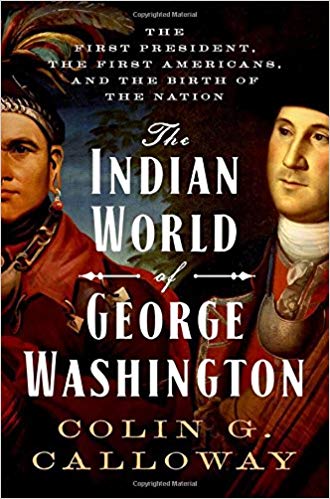
Four weeks later, Washington met with a delegation of Chickasaws he had invited to Philadelphia. He delivered a short speech, expressing his love for the Chickasaws and his gratitude for their assistance as scouts on American campaigns against the tribes north of the Ohio, and referred them to Henry Knox for other business. As usual, he puffed on the pipe, ate, and drank with them.
The image of Washington smoking and dining with Indian chiefs does not mesh with depictions of the Father of the Nation as stiff, formal, and aloof, but it reminds us that in Washington's day the government dealt with Indians as foreign nations rather than domestic subjects. The still-precarious republic dared not ignore the still powerful Indian nations on its frontiers. In dealing with the Indians, Henry Knox advised the new president, “Every proper expedient that can be devised to gain their affections, and attach them to the interest of the Union, should be adopted.”
Deeply conscious of how he performed in his role as the first president, and an accomplished political actor, Washington engaged in the performative aspects of Indian diplomacy, sharing the calumet pipe and exchanging strings and belts of wampum-purple and white beads made from marine shells and woven into geometric patterns that reinforced and recorded the speaker's words. New York Indian commissioners explained it was Indian custom when meeting in council to “smoke their pipes together, and to open their minds to each other." The most powerful man in the United States followed the custom of his Indian visitors.
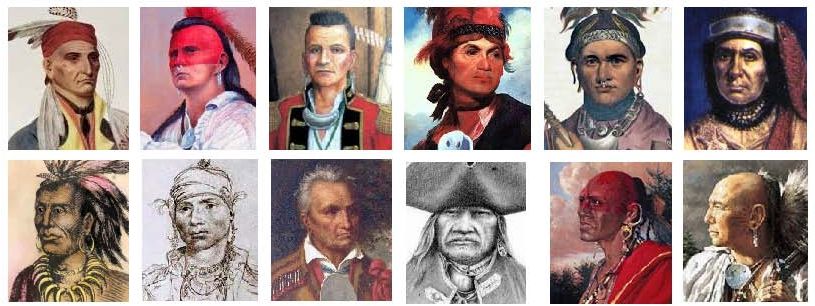
These Indian visits were not isolated events, and the Indians were not unwelcome dinner guests. Tribal delegations were a regular sight on the streets of Philadelphia and other colonial cities before the Revolution, and they continued to visit the new nation's new capital in order to conduct diplomacy or just, as the missionary Rev. Samuel Kirkland put it, “to get a peep at the great American Chief.”
Formal dinners were not just an occasion to share a meal but a form of political theater essential to establishing relationships between hosts and guests, providing an opportunity for the host to demonstrate hospitality, display wealth, and assert status through food and wine, seating arrangements and manners, and the meanings attached to all those things.
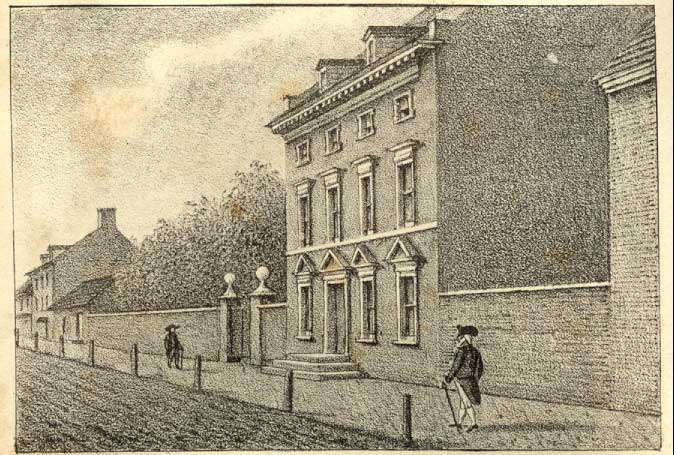
In his first term in office, Washington dined, often more than once, with Mohawks, Senecas, Oneidas, Cherokees, Chickasaws, and Creeks. In some cases, they came to Philadelphia because he had personally invited them. In later years, Washington occasionally hosted Indian dinner guests at Mount Vernon, and he continued to dine with Indian delegates to the very end of his presidency: in the last week of November 1796, he dined with four groups of Indians on four different days.
Washington's entire Indian policy and his vision for the nation depended on the acquisition of Indian territory, but from 1793 to 1794 he insisted that no one talk to the visiting Indians about buying their lands. These were perilous years for the young nation: hostile foreign powers, Britain in the North and Spain in the South, threatened American borders and interests; a powerful Indian confederacy north of the Ohio River had defeated one American army, destroyed another, and remained defiant; and what Washington called “the momentous occurrences in Europe” threatened to embroil the United States in conflict between Britain and Revolutionary France.
Washington knew that Indian lands were vital to the future growth of the United States, but, as his gag order on talk of buying land illustrates, he also knew that Indians were vital to the national security, and on occasion the very survival, of the fragile republic.
American history has largely forgotten what Washington knew. Narratives of national expansion and Indian conquest often neglect the complexity of Indian relations and ignore the reality of Indian power in the very formative years of the nation. Historians of the early Republic who focus on creating a new nation, the rivalry between Hamilton and Jefferson, and the challenges posed by relations with Britain and Revolutionary France often treat Indian affairs as tangential or even irrelevant.
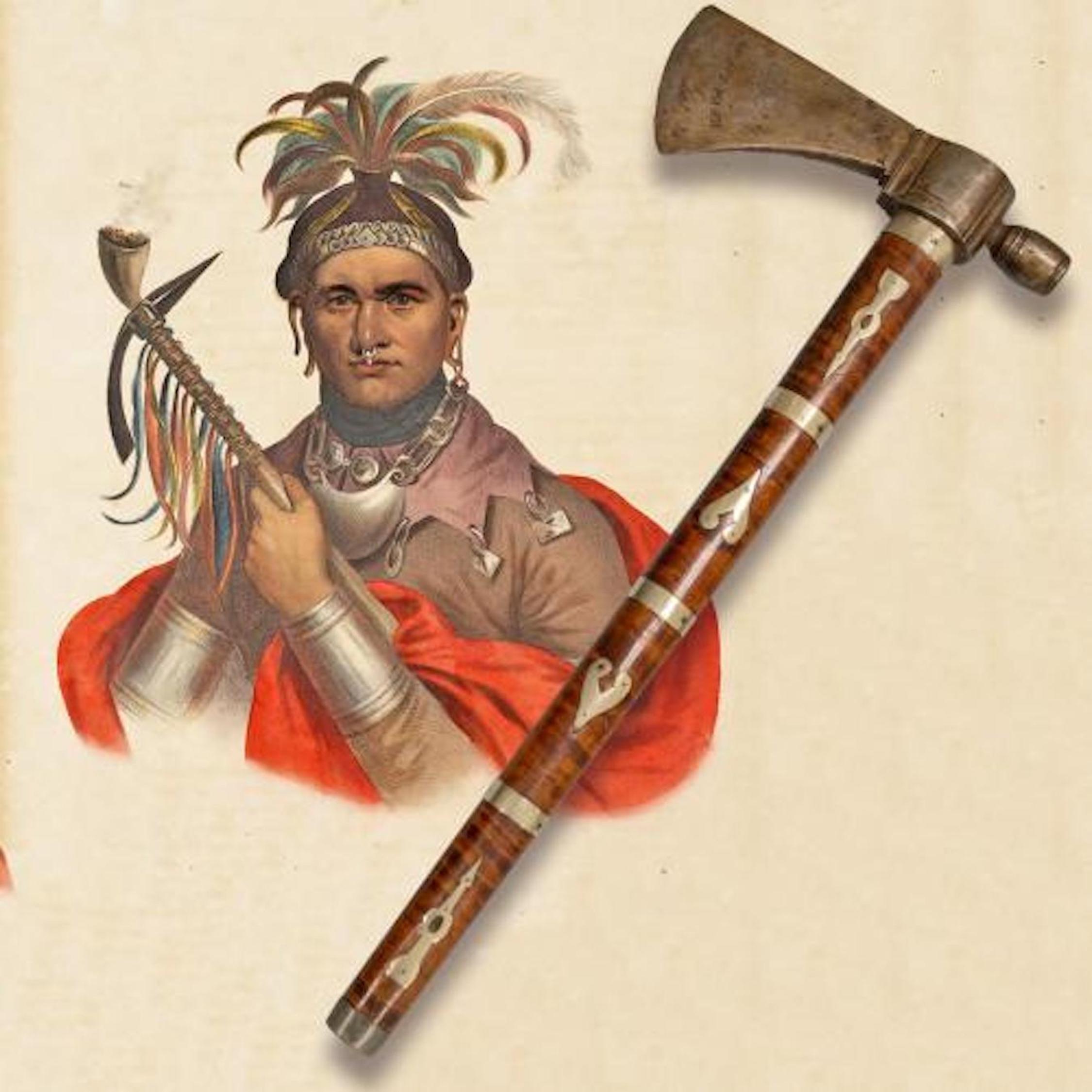
Multiple books tell us how Washington forged the nation, and how he handled partnerships and rivalries between various founding fathers, but nothing was more central than the relationship between the first president and the first Americans.
In the course of his life, he met many of the most prominent Native Americans of his day: Shingas, Tanaghrisson, Scarouady, Guyasuta, Attakullakulla, Bloody Fellow, Joseph Brant, Cornplanter, Red Jacket, Jean Baptiste DuCoigne, Alexander McGillivray, Little Turtle, Blue Jacket, Piominko. He also met many lesser-known individuals, who cropped up time and again in dealings between Indians and colonists, men like the Seneca messenger Aroas or Silver Heels, the Oneida-French intermediary Andrew Montour, and the Seneca Kanuksusy, who appeared in colonial negotiations under his English name, Newcastle. Having more than one name was not uncommon. Washington himself was given or assumed an Indian name, Conoto carious, meaning “Town Destroyer” or “Devourer of Villages," and an Indian messenger who arrived at Fort Harmar in July 1788 was identified as “George Washington, a Delaware." He was not the only Indian to bear Washington's name.
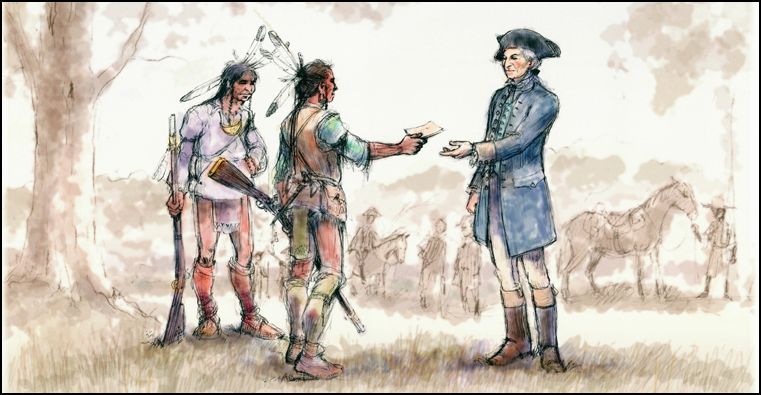
George Washington dominates the formative events of American nation-building like no one else. He commanded the Continental Army that secured American independence, he presided over the convention that framed the Constitution of the United States, and he was the nation's first president, serving two terms and setting the bar by which all subsequent presidents have been measured in terms of moral character and political wisdom. Ignoring or excluding Native America from Washington's life, like excluding it from the early history of the nation, contributes to the erasure of Indians from America's past and America's memory. It also diminishes our understanding of Washington and his world. Restoring Indian people and Indian lands to the story of Washington goes a long way toward restoring them to their proper place in America's story.
With the exception of his expeditions in the Ohio Valley during the French and Indian War, the key events of Washington's life occur in the East: Mount Vernon, Philadelphia, Yorktown. But Washington's involvement with the West was lifelong, and he consistently looked to western land for his own personal fortune and for the nation's future. Securing Indian country as a national resource was essential to national consolidation and expansion, and few people knew more about securing Indian land than he did.
Ignoring or excluding Native America from Washington's life, like excluding it from the early history of the nation, contributes to the erasure of Indians from America's past and America's memory.
In one of the most iconic images in American history, Washington stands resolutely in the prow of a boat facing east. Emanuel Leutze's epic 1851 painting, Washington Crossing the Delaware, captures a pivotal moment during the War of Independence. After a string of demoralizing defeats and with the rebel army on the verge of disintegration, the Revolution faced its darkest hour. Then, on Christmas night 1776, Washington led what was left of his army in a daring and desperate attack. In the teeth of a storm, they crossed the ice-clogged Delaware River from Pennsylvania to New Jersey and roundly defeated a garrison of Hessian soldiers at Trenton. A week later, they defeated a British force at Princeton. The Revolution, for the moment, was saved, and the twin victories breathed life into a cause that had seemed lost. After he died, Washington achieved almost godlike status as the savior of the Revolution and the father of the Republic.
But the Revolution was not only a war for independence and a new political order; it was also a war for the North American continent. Washington and the emerging nation faced west as well as east. If Washington did resemble a god, he perhaps most resembled the Roman Janus. Depicted with two faces, looking in opposite directions, Janus was not "two-faced" in the modern, negative sense of the term as duplicitous. As the god of passages and transitions, beginnings and endings, he looked simultaneously to the past and to the future. As America's god of the passage from colony to nation, Washington looked east to the past and west to the future. And when he faced west, he faced Indian country.

